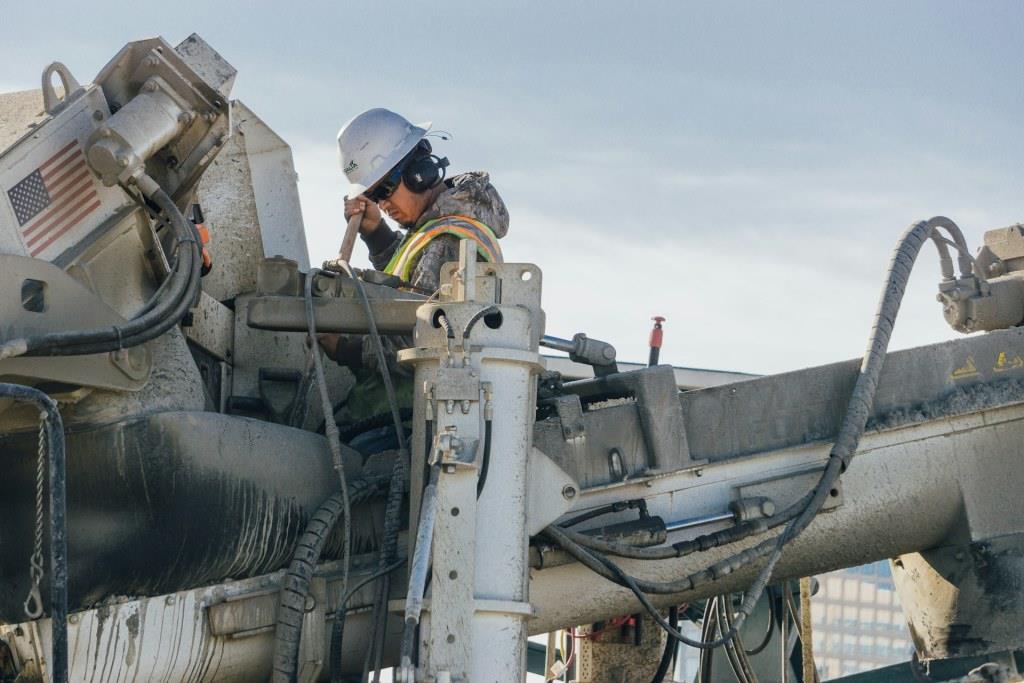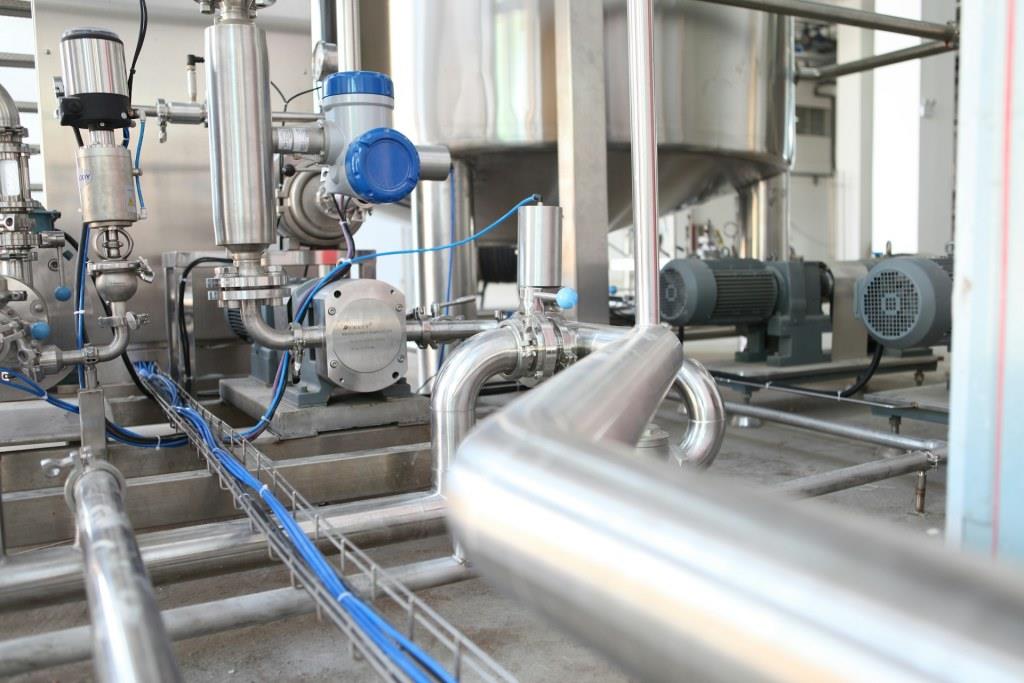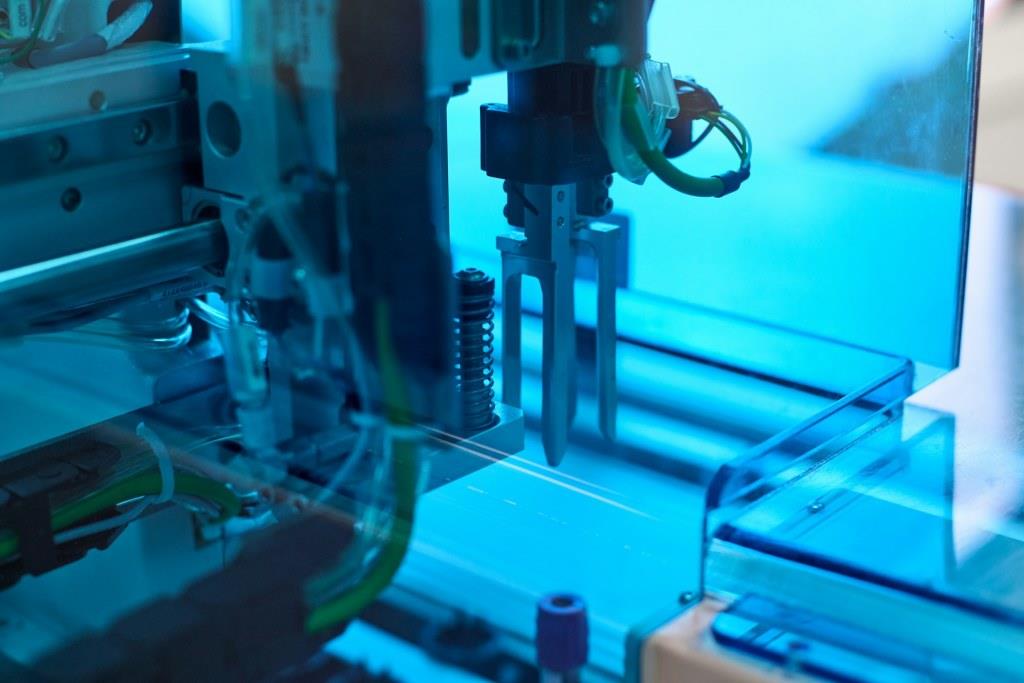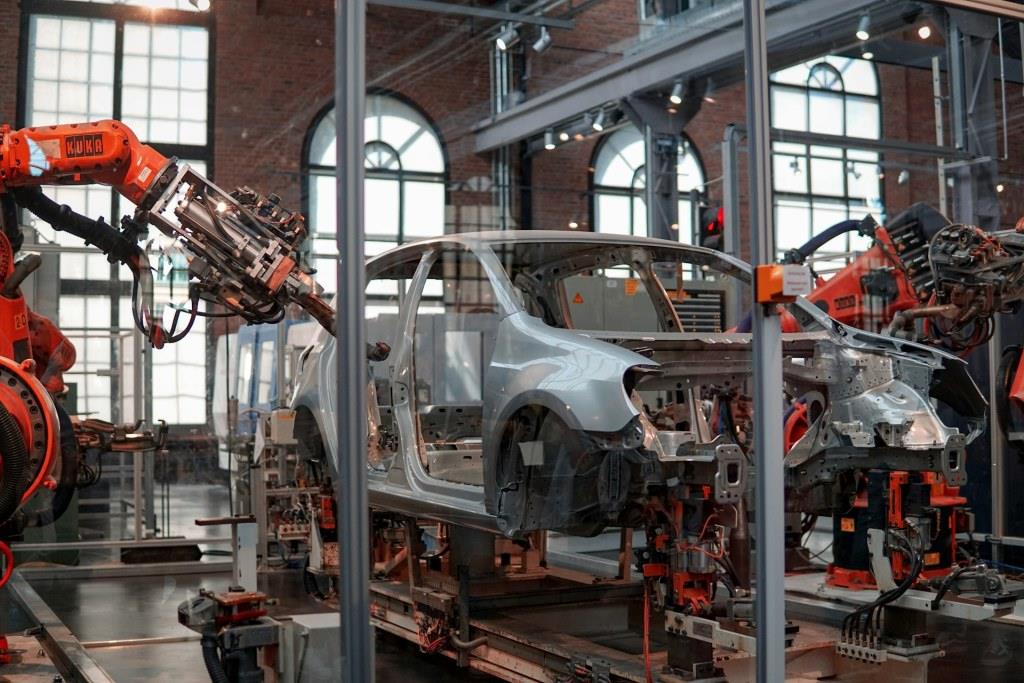
Link: https://unsplash.com/photos/person-on-white-fighter-plan-e-bvhMsP6MrE8
The first motion control system dates back to the 1760s. Scottish mechanical engineer James Watt invented the flyball governor shortly after the Industrial Revolution started. It was a device used to regulate how much steam could work its way through a steam engine. It operated much differently than today’s motion control systems do, but the evolution of these systems show just how far we’ve come.
Here we’ll cover the mechanics of modern motion control systems, types of applications, the parts they’re made with, and how they work.
Table of Contents
What Is a Motion Control System?
Motion control systems have been around for centuries. Because of this, they’ve changed quite a bit since first being introduced. One of the biggest differences between the earliest motion control systems and modern-day systems is that today’s systems rely on computer control to help them do their jobs. But at the same time, these systems still play similar roles to the primitive systems used throughout the 1700s, 1800s, and even most of the 1900s.
Motion control systems are technological devices utilized to both regulate and coordinate the movements made within larger mechanical systems. They’re designed to ensure that the various components within these systems are as accurate and efficient as they need to be. They’re able to accomplish this by taking control of the positioning, acceleration, and velocity of these components.

Link: https://unsplash.com/photos/grey-industrial-equipment-mhUsz2ezlXQ
The Main Parts of a Motion Control Systems
Motion control systems can consist of many different parts. From actuators to sensors to controllers, each of these components plays a key part in the effectiveness of motion control systems.
Actuators
The actuators found within motion control systems are in charge of generating motion and keeping the parts within industrial equipment moving. Some common examples of actuators are electric motors and hydraulic cylinders. Several factors will have an impact on which actuators should be used within specific motion control systems, including speed, precision, force, and even environmental conditions.
Sensors
The sensors that help make up motion control systems are responsible for helping take important measurements while industrial equipment is up and running. They’ll keep tabs on everything from the position of a component and its velocity to its force and torque. Many different sensors are typically found in motion control systems, such as encoders, linear variable differential transformers (LVDTs), potentiometers, hall effect sensors, force sensors, load sensors, angle sensors, and ultrasonic sensors.
Controllers
The controllers utilized within motion control systems like brains of these systems. They’re like conductors of a grand symphony orchestra. Just as a conductor directs each section of musicians to play their parts in harmony and precision, the computer controller orchestrates the movements of various components within the system. Controllers gather and process all the information that the sensors in these systems collect, and they create control signals that are used to keep the actuators in these systems doing their jobs. Within industrial applications, controllers can be anything from simple microcontrollers to more complex programmable logic controllers (PLCs). There are even some instances in which they’ll be constructed out of specialized motion control hardware.
Feedback systems
The feedback systems of motion control systems create important feedback loops that enable these systems to be more accurate and stable than they would be otherwise. The signals that the sensors in motion control systems generate can be compared to the preferred setpoints for industrial applications thanks to these feedback systems. The feedback systems can highlight discrepancies and make necessary adjustments to the control signals being fed to the actuators in motion control systems.
Software
The software found in modern-day motion control systems is what sets them apart from the earliest motion control systems. This advanced software gives those using industrial equipment the opportunity to set motion profiles and come up with control parameters. It also makes it possible to perform programming and monitor the status of equipment. Good software will also help diagnose problems with this equipment so that it can be fixed right away.

Link: https://unsplash.com/photos/a-factory-filled-with-lots-of-orange-machines-8gr6bObQLOI
How the Components of Motion Control Systems Work Together
Each component within a motion control system is important in its own way. If just one of these components stops working as intended, it could have a detrimental effect on a piece of industrial equipment and many of its parts. But you could argue that the different sensors located within a motion control system are the most important parts of it. Almost every other component in this type of system would be impacted negatively if even just one of these sensors stopped doing its job.
The sensors in motion control systems are vital when it comes to creating the precision required for industrial equipment. They provide the controllers in these systems with a steady stream of feedback, and this feedback is then used by the controllers to accurately position all the other parts in a piece of industrial machinery. They give controllers constant status updates on these systems, too, and give closed-loop control to those operating industrial equipment.
For each of these reasons, it’s imperative that the sensors used within motion control systems, like industrial-grade potentiometers, are replaced immediately if they aren’t working properly. If they’re not, it could lead to complications with the efficiency of industrial equipment. It could even result in additional repairs needing to be done to this machinery down the line.

Link: https://unsplash.com/photos/green-and-black-power-tool-UvZBczaG6rc
Types of Motion Control Systems
As motion control systems have evolved over the last 250-plus years, a variety of different types of these systems have emerged. While each of these kinds of motion control systems provides those who use industrial equipment with the precision they need, they achieve this goal in different ways. Get more information on what separates some of the types of motion control systems below.
Servo systems
Servo systems earned their name thanks to the servo motors found inside them. These specialized motors are designed to provide complete control of position, acceleration, and velocity. They also have built-in feedback devices incorporated into their designs, including encoders and resolvers. These devices are capable of providing accurate feedback on position to the controllers in motion control systems. It has made them useful in industrial applications that call for high-performance motion control, such as industrial robotics, packaging machines, and CNC machining.
Stepper systems
Rather than relying on servo motors, stepper systems have stepper motors in them that operate differently. For instance, they don’t have feedback devices built into them, which allows them to be used in open-loop control mode. But despite this major difference, these motion control systems are still able to deliver precise positioning. It has turned them into valuable systems for those who routinely use 3D printers, CNC routers, textile machines, and laboratory automation equipment.
Hydraulic systems
Hydraulic systems are the ones that are most often used in heavy machinery that require strong torque or lifting capacity. Think of them like the muscular system of a living organism. Just as muscles contract and expand to produce movement and power in the body, hydraulic systems use fluid pressure to drive pistons and actuators. It’s why these systems are typically found in industrial machinery, construction equipment, injection molding machines, press brakes, and even aerospace applications.
Pneumatic systems
While hydraulic motion control systems are ideal for doing heavy lifting, pneumatic systems are the perfect choice for those who require speed and accuracy within their industrial applications. These systems utilize compressed air to generate motion through the usage of pneumatic applications like cylinders and valves. They’re the systems used for assembly lines, material handling, and many forms of automation.
Electric systems
Electric systems showcase just how far motion control systems have come over the years. They have electric actuators in them, like electric motors, that create motion. They usually offer more efficiency and flexibility than other types of motion control systems while still providing the precision companies need for industrial applications to be productive. These systems help power industrial robotics, packaging equipment, and machines used to manufacture semiconductors.
How Motion Control Systems Communicate With Other Aspects of Industrial Equipment
The components found within a motion control system constantly communicate with its controller to keep them all on the same page. In addition to doing this, a motion control system will also need to communicate with other aspects of industrial equipment to make them even more precise. They’re able to do this through communication interfaces that are integrated within this equipment.
In some cases, human-machine interfaces (HMIs) are utilized for communication purposes. In other instances, communication occurs through the use of supervisory control and data acquisition systems (SCADAs) or programmable logic controllers (PLCs). Communication methods such as Ethernet/IP, EtherCAT, Modbus, and Profinet are all options for those looking to connect motion control systems with industrial equipment.
Can Motion Control Systems Make Industrial Equipment Safer?
Safety should always be a top priority in operating industrial equipment. With this in mind, it shouldn’t come as a surprise to hear that most motion control systems utilized for industrial applications come equipped with safety features. They’ll have things like emergency stop buttons and protective enclosures built into them. They’ll also reduce the risks associated with using motion control systems by having components like safety PLCs worked into their designs.
Before motion control systems are put in place within industrial equipment, risk assessments should be performed and any safety hazards associated with them should be identified. Once motion control systems are installed, those who will be working with them regularly should be trained on how to do it, and they should also be supplied with personal protective equipment (PPE) that will provide the protection they’ll need. Additionally, motion control systems will have to be inspected, maintained, and repaired as necessary to keep them in good working condition and, more importantly, to make them safe for people to use. Remember: If it moves, it can break.
Outside of these steps, companies should also know how certain environmental conditions may affect their motion control systems. High temperatures, high humidity levels, excessive dust, and something as simple as violent vibrations can change how motion control systems operate. Choosing the right motion control system based on environmental conditions and performing the right maintenance on them once they’re installed will be key.

Link: https://unsplash.com/photos/gray-vehicle-being-fixed-inside-factory-using-robot-machines-jHZ70nRk7Ns
Which Industries Can Benefit From Motion Control Systems the Most?
The manufacturing industry has probably benefited from motion control systems the most since they were first invented. The Industrial Revolution was made possible in large part because of the invention of these systems. But this isn’t the only industry that has been able to take advantage of them.
The robotics industry, for example, has found so many innovative ways to incorporate motion control systems into its practices and procedures. These systems can be utilized to control robotic arms and other similar mechanisms. The automotive industry has also discovered how to utilize motion control systems to perform tasks like assembly line automation, quality control, and painting. The food and beverage industry, the medical device industry, and the textile and printing industry have found similar uses for these systems.
There is, however, seemingly no end to how invaluable motion control systems have become to industrial companies and the world as a whole. Variations of these systems have a home within the aerospace industry where they’re used to guide missiles, control uncrewed aerial vehicles, and sometimes even change the positioning of satellites. It shows just how far these systems have come and suggests how much further they could potentially go in the coming years.
The Future of Motion Control Systems for Industrial Applications
Even though motion control systems have been around for a long time now, they’re still every bit as important within industrial applications today as they were centuries ago. These systems help make industrial equipment more precise, and they enable companies to carry out tasks like CNC machining, 3D printing, and more. They’re also getting more technologically advanced all the time and can dramatically improve the efficiency of newer industrial machines. Investing in the newest technology can help companies become even more successful.
Just about everyone benefits from the modern conveniences of products manufactured using motion control systems. Your smartphone, the car you drive, the clothes you wear, nearly everything has been made possible or more accessible by advancements in industrial applications. Only time will tell how these technologies will further advance and enhance our lives and businesses.
Chris Mcdonald has been the lead news writer at complete connection. His passion for helping people in all aspects of online marketing flows through in the expert industry coverage he provides. Chris is also an author of tech blog Area19delegate. He likes spending his time with family, studying martial arts and plucking fat bass guitar strings.